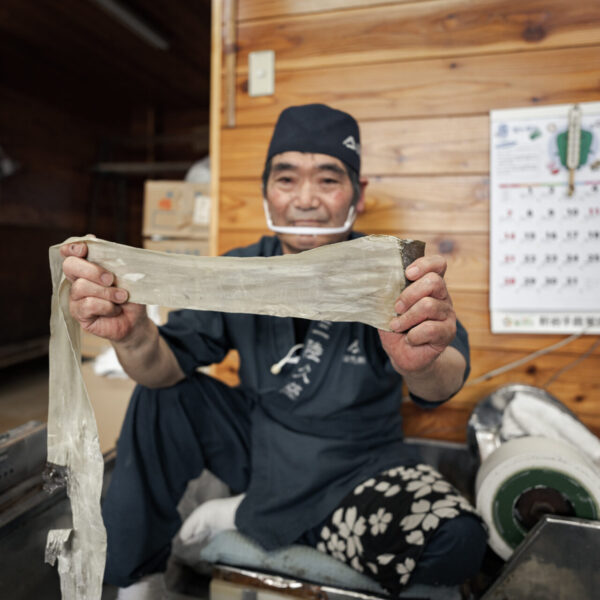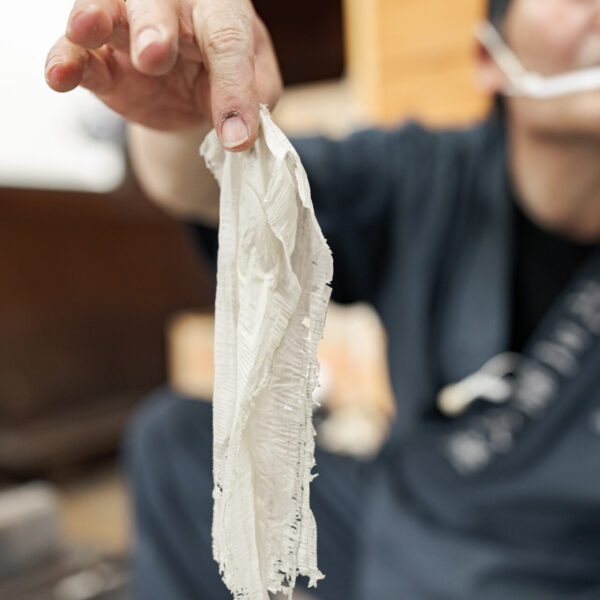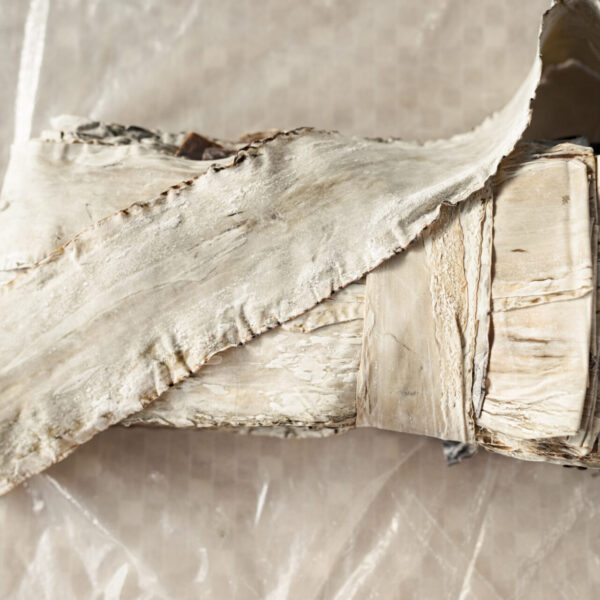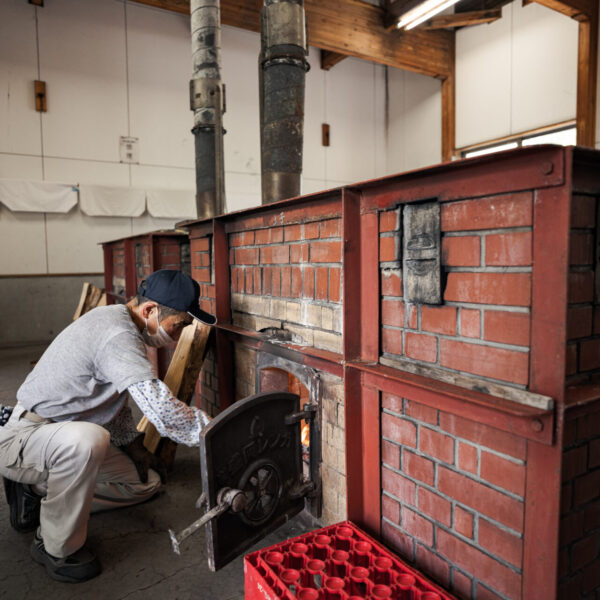The Tastes of the Trail
HOME » The Tastes of the Trail
Walking the 100 miles (160km) from Hachinohe to Tanohata, the northernmost part of the Michinoku Coastal Trail delivers plenty of ways to sample local food culture.
the convivial, covered stalls at Miroku Yokocho


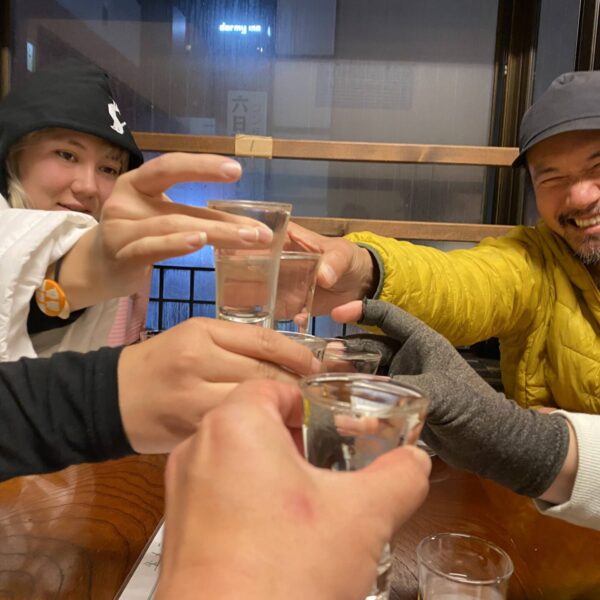

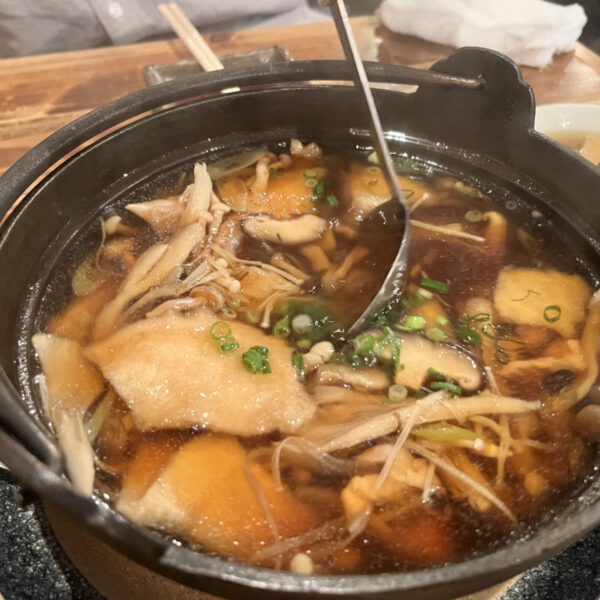
Sanriku Seafood Specialties
“We call hoya ‘broth of the sea.’ It has a lot of umami served raw or boiled, with a fresh and fruity flavor that lingers in your mouth,” Ms. Niwa says. “For hoya first-timers, boiled and diced hoya mixed with rice and then topped with sesame seeds and shiso leaf is a gentle introduction, but I love it raw. It has such a good aftertaste.”
In July and August, sea urchin is in peak season in Iwate, and it’s especially good served simply over a bowl of rice. As summer then gives way to autumn and winter, scallops and oysters come into their own, but whatever time of year you hike the trail you will find a wide range of in-season fish and shellfish on menus at restaurants, inns, and hostels.

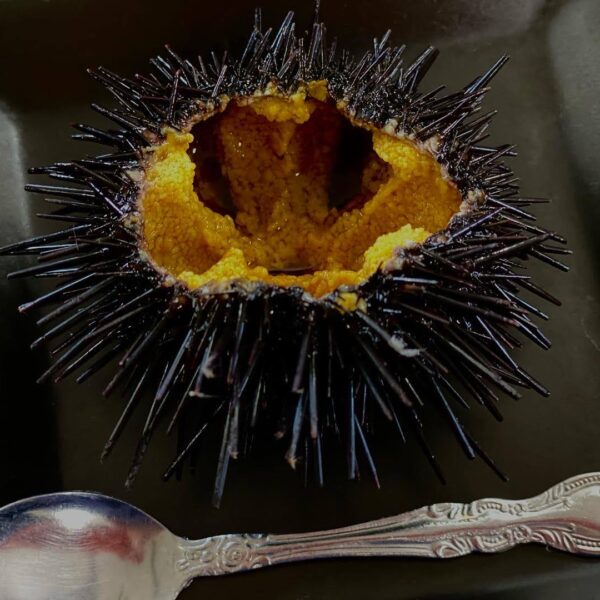
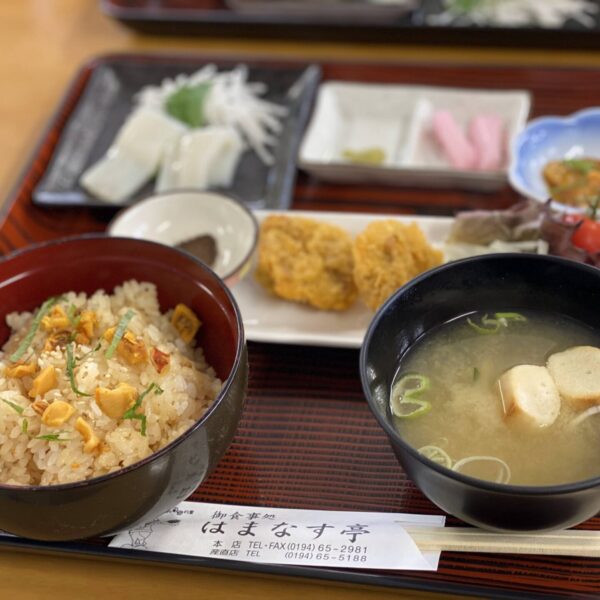

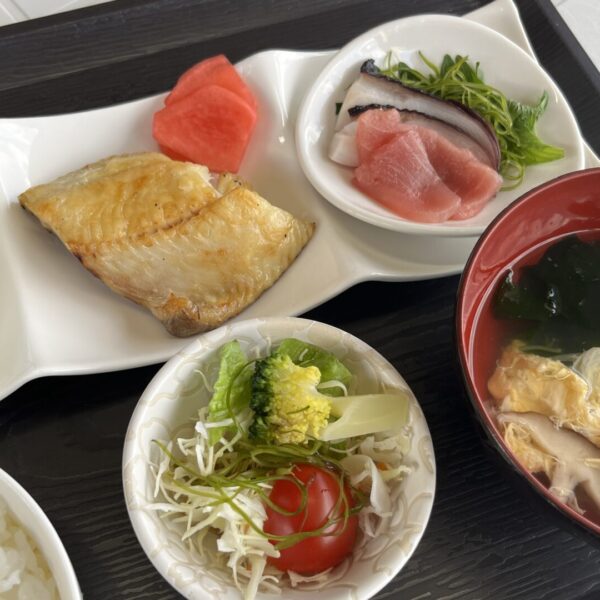
Coastal Culinary Artisans
Others in the region will sometimes dip their cuts of sashimi in local salt, instead of the usual soy-wasabi dip. And if you are going to do that, it’s hard to look beyond the salt crafted by Noda Shio in Noda Village. Reconstructed on the ground of a municipal-run inn (Ebisho-so) as part of the region’s recovery efforts from the March 11, 2011, earthquake and tsunami, the new incarnation of Noda Shio strives to pass on traditional techniques, as factory chief Mr. Chokichi Notake explains.
“Over four days we boil 230 liters of saltwater in wood-fired, redbrick kilns to extract roughly 40 kilograms of salt. For that we use red pine rather than gas or oil, as that gives a slower reduction that allows the salt to retain more minerals – that’s the Sanriku way of making salt, a technique used for more than 400 years,” Mr. Notake says, as several open-top kilns of cloudy water bubble around him. “The result is a rich, sweet flavor, very different to typical salt, that goes very well as a tempura dip or in an onigiri.”
If you want to see the Noda Shio process yourself, you can stop by for a quick factory tour and salt-making workshop. You might also see Yuji Shisaku demonstrating his konbu shaving technique at food events along the coast. And if you fancy trying some hoya—or just need somewhere to refill a water bottle while hiking the trail—Ms. Niwa and the rest of the family at Hanamasu-tei are always happy when hikers stop by.
